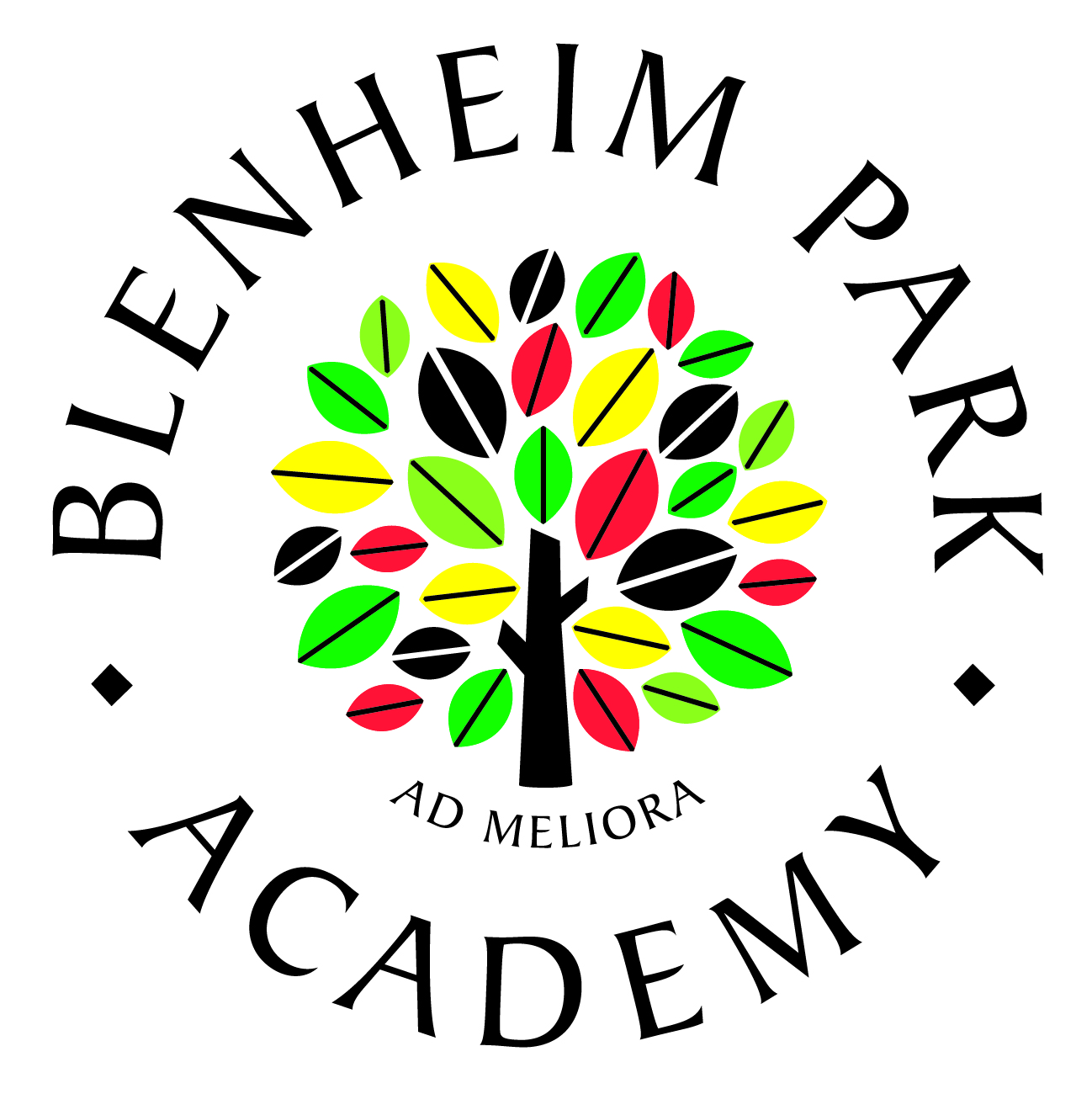Art
Art Overview Art Skills & Knowledge Progression EYFS
Intent
Why do we teach this? Why do we teach it in the way we do?
Our teaching beliefs for art are:
- To foster a love of art and architecture and use this a means to reflect and develop own creative skills.
- To expose pupils to a broad and balanced range of art movements/periods.
- To introduce pupils to a diverse range of artists within each art movement.
- To rigorously teach pupils the skills to enable them to use the tool and techniques effectively.
- For pupils to see art and architecture as a resource for ideas to inform their own work.
Implementation
What do we teach? What does this look like?
Overview
Our art curriculum is designed around 6 key art movements – Sculpture and Architecture, Renaissance and Baroque, Impressionism and Post–Impressionism, Art Noveau, Pop Art, Contemporary. There is a 2 year rolling programme, with 3 art periods studied each year.
Each art period is studied by the whole school. Different art work and artists/architects have been selected for different classes. The pupils learn more about the art movement as they progress through the school.
The skills taught are divided into 7 strands – digital media, textiles/texture, drawing, painting, print-making, sculpture and generic skills. The progression map identifies the skills within each strand to be taught in each class.
Units of work have been devised for all art movements and classes. The units of work include the following things:
- Age appropriate knowledge to be taught about the art movement
- Artists to be studied and information about them
- Identified skills to be taught
- Appropriate vocabulary for that unit
- Planning suggestions
- Website links and trip/visit ideas
What does the teaching of art look like at Blenheim?
- Art is taught in class groups over a half term. Three units are taught per year.
- Within each unit of work, the pupils are introduced to the art movement and learn some key facts about it. They are introduced to some key piece of work and artists/architects.
- They unpick the work by finding out about the artist/architect and the story behind the piece - its composition/construction, the media and the skills used.
- The pupils are taught how to replicate the skills used by the artist – this is modelled by the class teacher or a visiting artist.
- The pupils build up a portfolio of work around the initial stimuli.
Impact
What will this look like? By the time children leave our school they will:
Assessment takes place in a number of ways: -
- In the EYFS, formal, adult, directed assessment is used to determine what pupils know. Teachers provide opportunities within Continuous Provision/free flow activities where pupils can demonstrate their understanding.
- Teachers assess during each lesson through questioning, live assessment, circulating and live intervention.
- At the end of the unit, teachers assess pupils against the skills/ knowledge as set out in the progression documents. This assessment is recorded as a RAG rating within the assessment folder.
How do we make learning memorable?
To make learning stick, we use the following strategies:
- We immerse pupils in an art period and artists.
- Where appropriate, we make the most of visits, visitors and our local environment as a stimuli.
- We use a range of equipment and digital apps to enhance the learning.
- Assemblies are used to show case and celebrate the art work that has been done.
